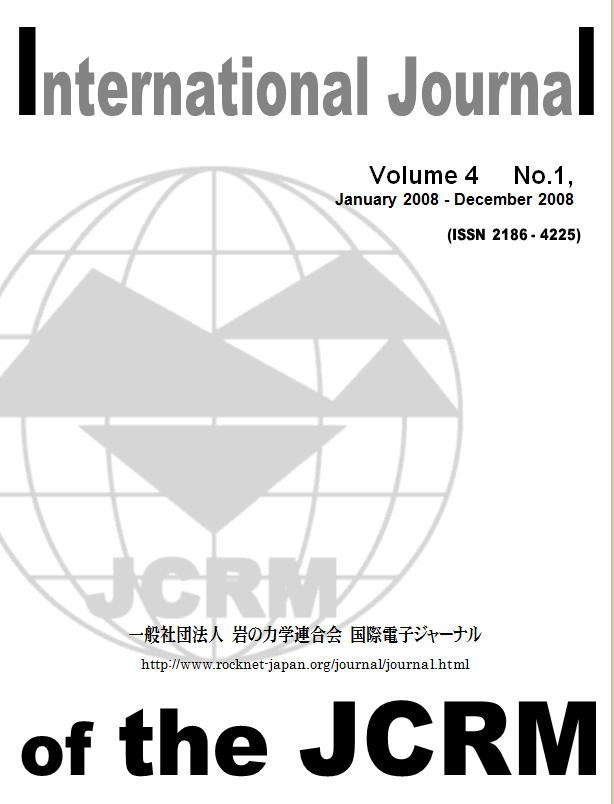Volume 4, Issue 1
Displaying 1-6 of 6 articles from this issue
- |<
- <
- 1
- >
- >|
-
2008Volume 4Issue 1 Pages 1-8
Published: February 01, 2008
Released on J-STAGE: January 11, 2014
Download PDF (408K) -
2008Volume 4Issue 1 Pages 9-13
Published: July 01, 2008
Released on J-STAGE: January 11, 2014
Download PDF (1621K) -
2008Volume 4Issue 1 Pages 14-20
Published: October 01, 2008
Released on J-STAGE: January 11, 2014
Download PDF (965K) -
2008Volume 4Issue 1 Pages 21-24
Published: October 01, 2008
Released on J-STAGE: January 11, 2014
Download PDF (1854K) -
2008Volume 4Issue 1 Pages 25-26
Published: October 01, 2008
Released on J-STAGE: January 11, 2014
Download PDF (61K) -
2009Volume 4Issue 1 Pages 27-32
Published: December 01, 2009
Released on J-STAGE: January 11, 2014
Download PDF (340K)
- |<
- <
- 1
- >
- >|
